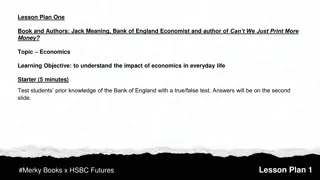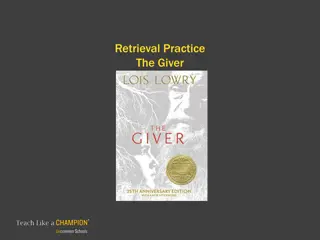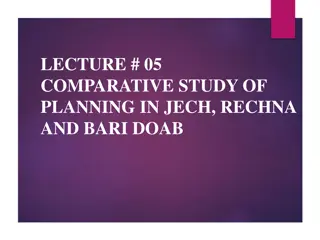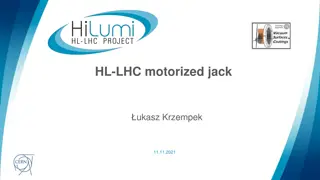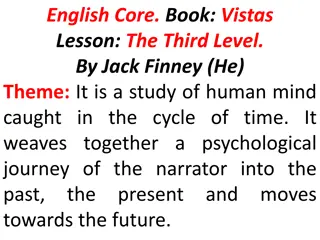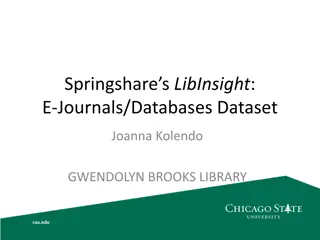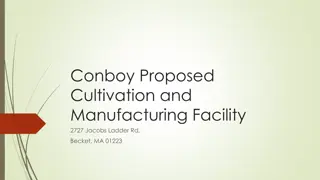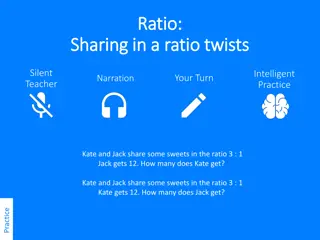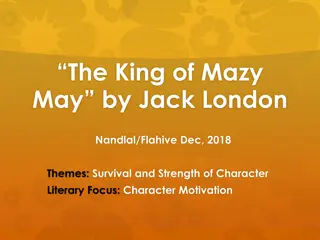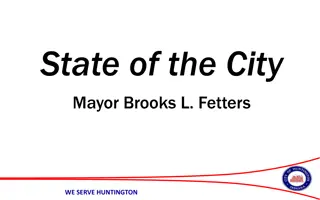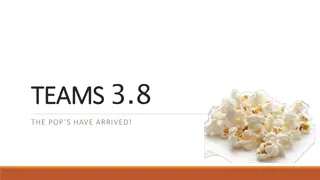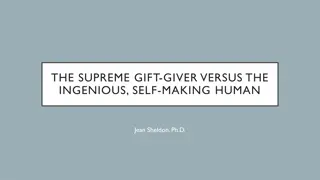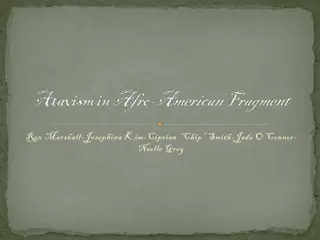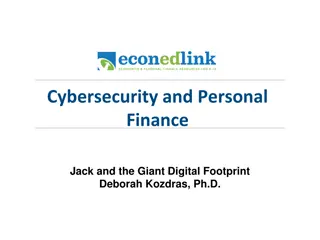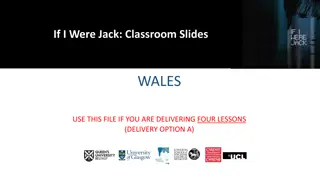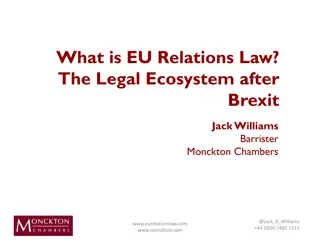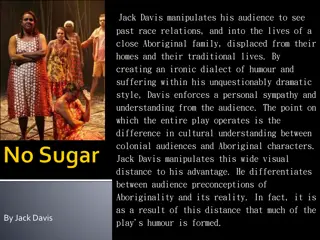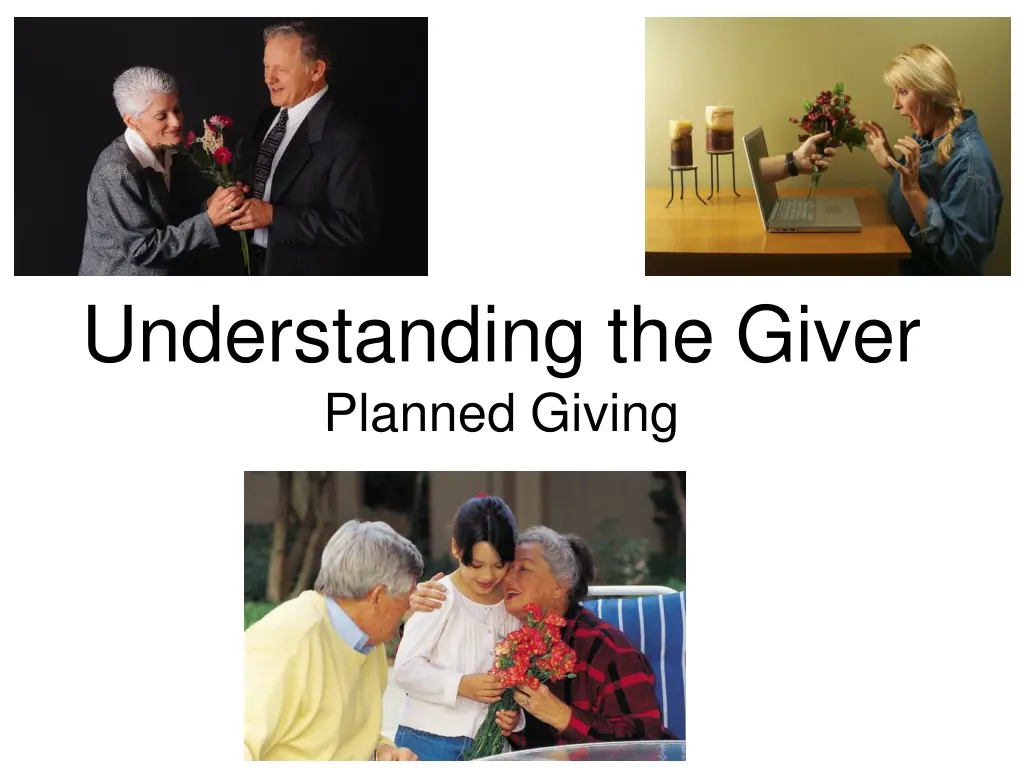
Understanding the Importance of Planned Giving for Donor Relationships
Discover the significance of planned giving and its impact on donor relationships. Learn why established donors, careful planners, and individuals looking to make a lasting statement are key contributors to successful planned giving programs.
Download Presentation

Please find below an Image/Link to download the presentation.
The content on the website is provided AS IS for your information and personal use only. It may not be sold, licensed, or shared on other websites without obtaining consent from the author. If you encounter any issues during the download, it is possible that the publisher has removed the file from their server.
You are allowed to download the files provided on this website for personal or commercial use, subject to the condition that they are used lawfully. All files are the property of their respective owners.
The content on the website is provided AS IS for your information and personal use only. It may not be sold, licensed, or shared on other websites without obtaining consent from the author.
E N D
Presentation Transcript
Understanding the Giver Planned Giving
Who are the people that make planned gifts? They are already donors They are planners They are older than average (But not as old as you might think!) They are trying to say something
They are Donors A planned gift is seldom the first gift you will receive from anybody. They are already established in your donor base.
Which is more important, volume or regularity? A single gift, even a large one, is seldom a predictor of planned giving activity. A steady and growing level of support is the best signal of planned giving potential.
Significant Volunteering Time may be most precious commodity invested in your organization Correlation between volunteering and giving Independent Sector
Customers Retirement Community residents & family Children s Home alumni & adoptive parents College alums & faculty
They are Planners Planned gifts are seldom spontaneous. P.G. requires a PLAN The planned gift must be consistent with their other plans.
They are trying to Tell You Something! Planned Gifts are testimonials of values Planned Gifts are affirmations Planned Gifts are invitations for dialogue
Giving Shows They Care Gift-Giving is a great you care about someone. What does Not Giving say about your relationship with God? way to show that
Your Will is a Testament What testimony will your estate plan have about your faith?
The Four Donor Types The Impulsive Donor The Habitual Donor The Thoughtful Donor The Careful Donor
The Impulsive Donor Most common donor Reacts to giving opportunities based upon current feelings Especially responsive to emotional appeals (Katrina, Haiti, Humane Society) Seldom reliable PG prospects
The Habitual Donor Pay their Pledge Consistent Giving Patterns Hard to move from annual to planned giving
The Thoughtful Donor Only 7% of all donors, but generous to projects they understand Respond to Case Statements Responsive to Capital Campaign
The Careful Donor Only 3% of donors Considers stewardship, tax, family and personal considerations before giving Private Foundations, Donor Advised Funds, Designated Funds
Key Motivators for Giving They believe in the mission They believe that the organization is changing people s lives They were asked to give by Leadership in whom they have confidence They believe that the organization is fiscally stable
Common Non-Motivators Church needs the money (so do our members!) The building is a shrine to be maintained It s the member s duty to support the church (which generation will identify?) The budget is out of balance
Whos The Donor Prospect ? Wealth highly correlated with age Age 55+ : 23% of Population 80% of Financial Assets
Signs of an Aging Culture 2/3 of all the persons who ever lived to be 65 years old are alive NOW!
Families Have Differing Amounts of Discretionary Income Tiffany & Michael make twice as much as Henry & Doris But who can give more? Why?
The Doctors Mother Phenomenon In Philanthropy As more professionals acquire significant wealth, more parents will be free to leave assets beyond the family. What implications does this have for charities?
So, Whos Got The Money? Correlation with age Female vs Male Married or widowed Do you have any older widows in your congregation?
Planned Giving in an Aging Culture Once in a lifetime Gifts Once after a lifetime Gifts The True Test of Stewardship Endowment income should produce 10% or more of the annual budget
Table Talk Questions the donor may ask What does your church do? What makes your church different? Why should I give to the church? How do you measure your impact and how will you keep me updated? Who makes financial decisions and what is your church board s composition? What can you tell me about the financial health of the church?
Table Talk Questions large givers may ask How will this money help move the church s mission forward? What do the church s financial policies and accountability structure look like? How can I encourage other people to give more? If I gave the church one million dollars today, what would the church leadership do with it?


